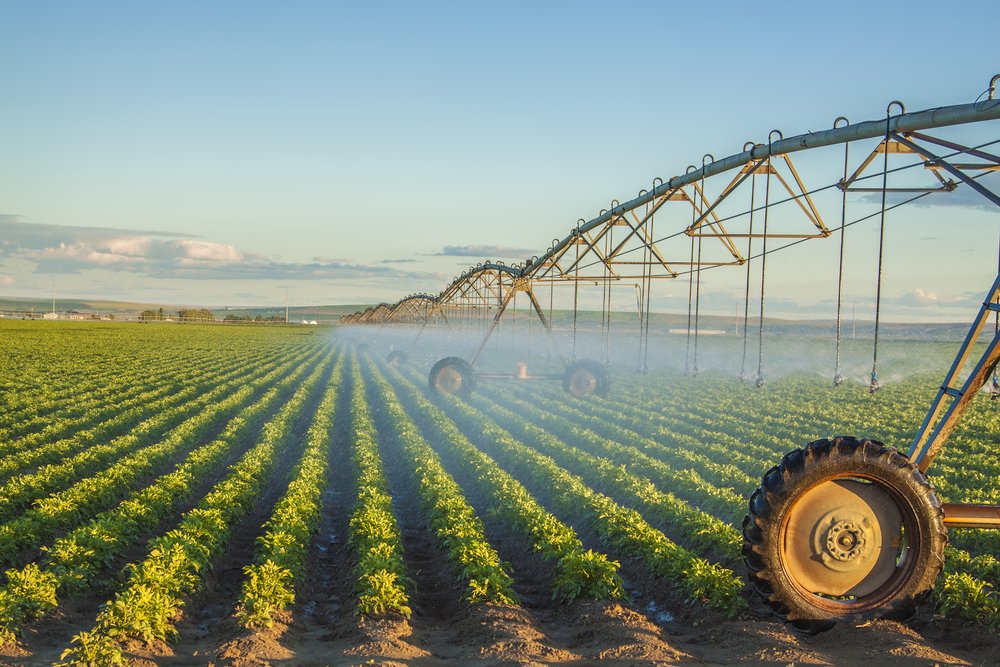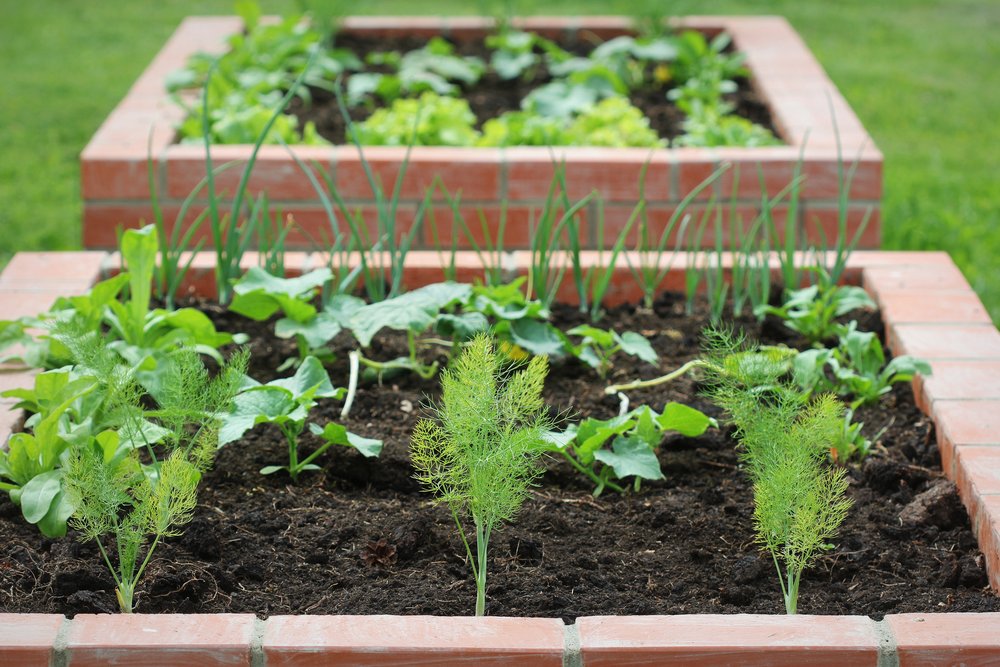What’s the worth of water?
There are almost a million ways in which you can answer this question but here’s one by Thomas Fuller, an English historian:
“We never know the worth of water till the well is dry.”
Something as small as a glass of water becomes so much more precious than anything in the world when we are thirsty, right?
So, what are we doing to conserve and nourish water, the very giver of life? We delved a bit into this earlier and would like to dive in a bit more.
Agriculture in India
According to Food & Agriculture Organisation of the United Nations:
- India’s agriculture and allied sectors account for the largest source of livelihoods
- India ranks 139th in per capita GDP and agriculture accounted for 23% of GDP in 2016
- India is one of the largest producers of milk, pulses, rice and wheat among other crops.
Yet, there is a long way to go in terms of sustainability, food sufficiency and managing the increasing stress on water resources.

So, what is happening now?
Indubitably, one of the biggest challenges being faced by the agriculture sector is water quality and quantity. And interestingly, there are a bunch of projects going along which are harnessing innovation and technology to come up with some workable solutions.
If Karnataka is focusing on reviving defunct borewells, Andhra Pradesh is fostering sharing of borewells and Bihar is adopting SRI (more on this later) to help conserve water.
Let’s start with SRI or System of Rice Intensification. It is, essentially, a method that combines low water usage, more labour and organic practices. The result has been savings in water consumption (40% of irrigation water) and increase in land productivity (46%).
Rajasthan is bringing together clusters of different kinds that aim at sustainability in aquifers, watersheds and canals to help improve water use efficiency.
Other methods
Farmers are also adopting methods and techniques to improve water usage:
- Drip irrigation
- Sprinklers
- Precision farming
- Raised-bed planting and so on
Rural youth are taking a more active role in water education and management. Appointing Bhujal Jaankars means that smaller villages are able to use their knowledge and expertise in mapping water resources, preparing water budgets and fine-tuning the association between crops and irrigation methods.

‘Special-attention’ crops
According to a study conducted by NABARD (National Bank for Agriculture and Rural Development) and ICRIER (Indian Council for Research on International Economic Relations), rice & sugarcane use up around 60% of India’s irrigation water.
Drip irrigation system is proving to be a game changer here. States like Tamil Nadu, Haryana and Maharashtra are seeing the benefits of the change. Interestingly, these pilot projects have shown that it takes upwards of 3000 litres of water to produce 1 kg of paddy grain, if a farmer uses the conventional system of flood irrigation. But, it is just around 840 litres if a farmer uses drip irrigation.
Sustained efforts like these go a long way in water management and when a community comes together & pulls together, isn't it possible that no well will ever go dry?



